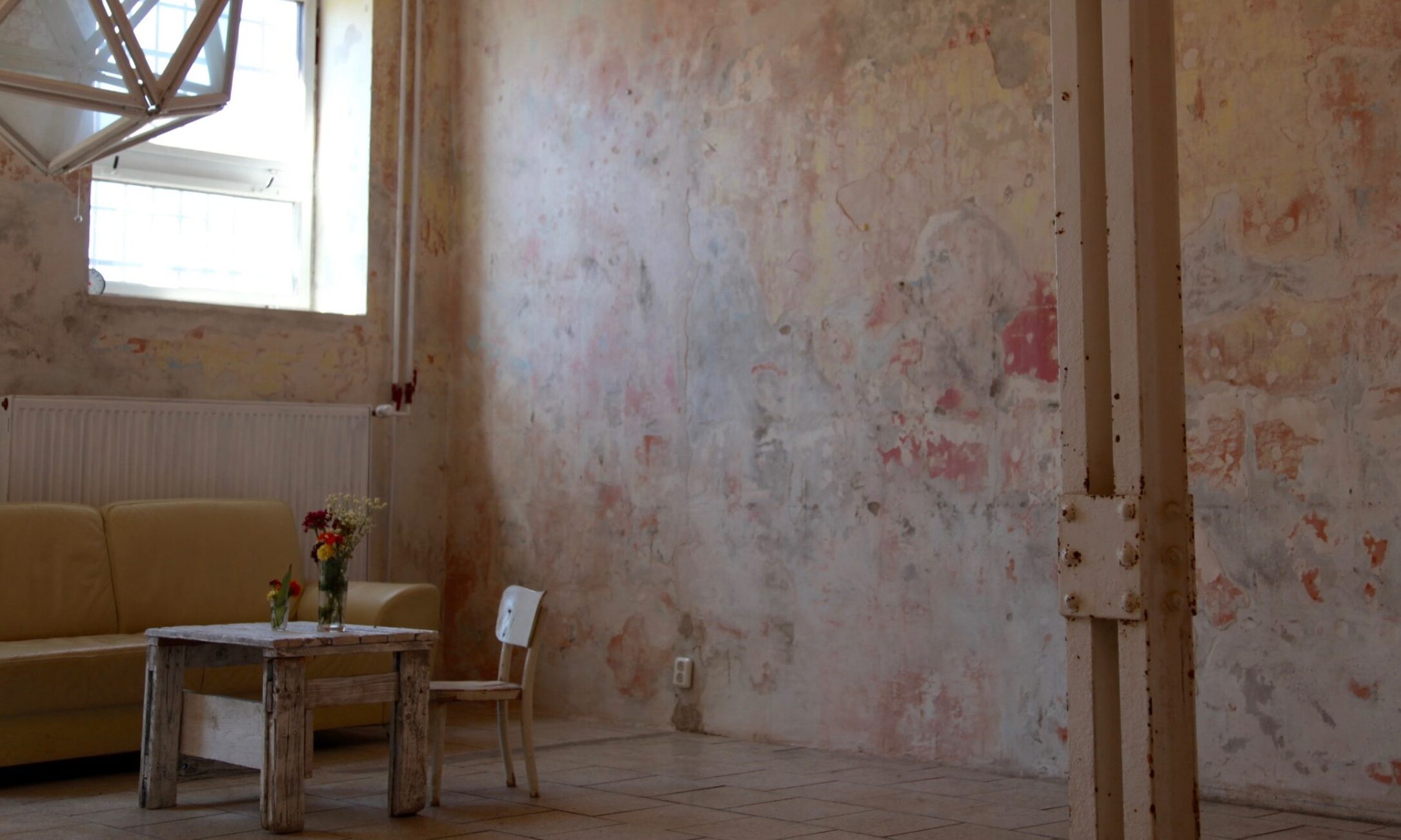Hello.
In this article, I am going to write about the necessity of being in an environment that has a positive impact on your work as an artist.
Though hopefully, these tips will not only be applicable to the structuring of an artist’s life, but also for entrepreneurs and creative minds looking to widen their horizon.
目次
I’m going to start by writing about the importance of structuring your environment.
People say that the life of an artist is tough, and that is true.
Even if you work in a team, one has to perform on top of their game at all time. The creative world is a place where your style and your self is constantly being challenged and questioned. In order to be able to endure this, one has to grow thick skin and become secure with themselves.
No matter how unmotivated you may be, ideally, you should always continue to make work that fits your standards.
In art, having ultimate control over your own work and output, is fantastic. You should seize every minute of it. But after 30 or 40 years, there will be a limit to what you can do. I’m not only talking about physical limitations that occur by age, but also about flexibility towards financial instability – your ability to provide for your children for example, or the fact that your parents (if they ever do) cannot bail you out in a time of need anymore.
That’s why artists should work to create a stable environment for themselves . Consider it a safety net.
Necessary Environment
1: Relationships with peers, friends, like-minded people, etc.
Having good relationships with a wide range of people and friends can inspire you and give you the emotional support. I can promise you, you will need.
That’s why keeping up with trends, news and frequently going to openings of exhibitions to stay up to date are great ways to connect with people who are interested in the same things you are interested in.
I believe, that it will also inspire you to create, since expectations and impressions of others are exactly what keeps artists on their toes to push themselves and to view themselves in relation to their surroundings.
2: A place to learn
Create an environment where you can gain new impressions everyday. Socially, this can mean working with peers, or with more established artists. But also think about where you live – how the place you spend most of your time affects your day and way of thinking. Think of urban spaces, nature, forests, your grandma’s house, whatever really.
When we see something new, we want to understand it.
Continuing to learn not only helps us grow, but also creates material to work with.
3: Deadlines
Get in the habit of taking on small tasks on a regular basis and tackling deadlines successfully. The application process, its deadlines and everything that is involved in it is an integral part of the life of an artist – you best get used to it by doing it all the time.
But also learn to limit the amount of pressure you put on yourself. Live, learn to balance life and work, be happy with yourself and the point in your life you are at.
The intensity of your work as well as most other factors that shape your work will always depend on whether or not there is a deadline. If you notice certain patterns concerning the quality or the quantity of your work, structure yourself accordingly.
Grow efficiently, don’t grow rampant.
And, most importantly, don’t ever forget to relax every once in a while.
4: Location, Tools and Equipment
You can’t reach your full potential without a proper place to create your work.
Tools, techniques and materials alone can be very inspiring. Consider this when setting up a workplace.
Sometimes, there is no point in just letting an idea develop in your head. Maybe just go ahead and try something without over-conceptualizing it. Rome wasn’t built in a day.
However, I would not always recommend you to stretch yourself beyond your means to rent a studio. It depends on what you want to do and whether there are possibilities that fit your financial and creative profile. Learn to be flexible and mobile. Go move somewhere else. You’re not stationary, just like your art.
It’s easy to get caught up in various doubts about whether or not you should get a side job, or whether or not you’re really okay with the way things are going altogether. And it’s easy to doubt your artistic sense and lose sight of what’s important to you.
5: Money
The less you have to worry about money, the more you can focus on your art.
There are many opportunities that money can make possible, such as attending art fairs, renting art galleries, or traveling abroad for inspiration and networking.
It would not be an exaggeration to say that many artists are struggling with money on a daily basis.
6: Storage
Artworks take up a lot of space. Storage space can often be a hindrance to your activities and production.
You should explore various possibilities other than renting a storage space yourself.
7: Websites and Social Media
You have to have a way to share your information online, whether it’s applying for grants, competitions, or selling to galleries.
You should also try to properly use your social media accounts. It’s a great tool to promote exhibitions, meeting people, and showing them your work process.
But, as you know, It is not easy to legitimately increase the number of social media followers quickly. The key is persistency and regular output.
I hope this article has been helpful to you.
I’ll see you in another article.


